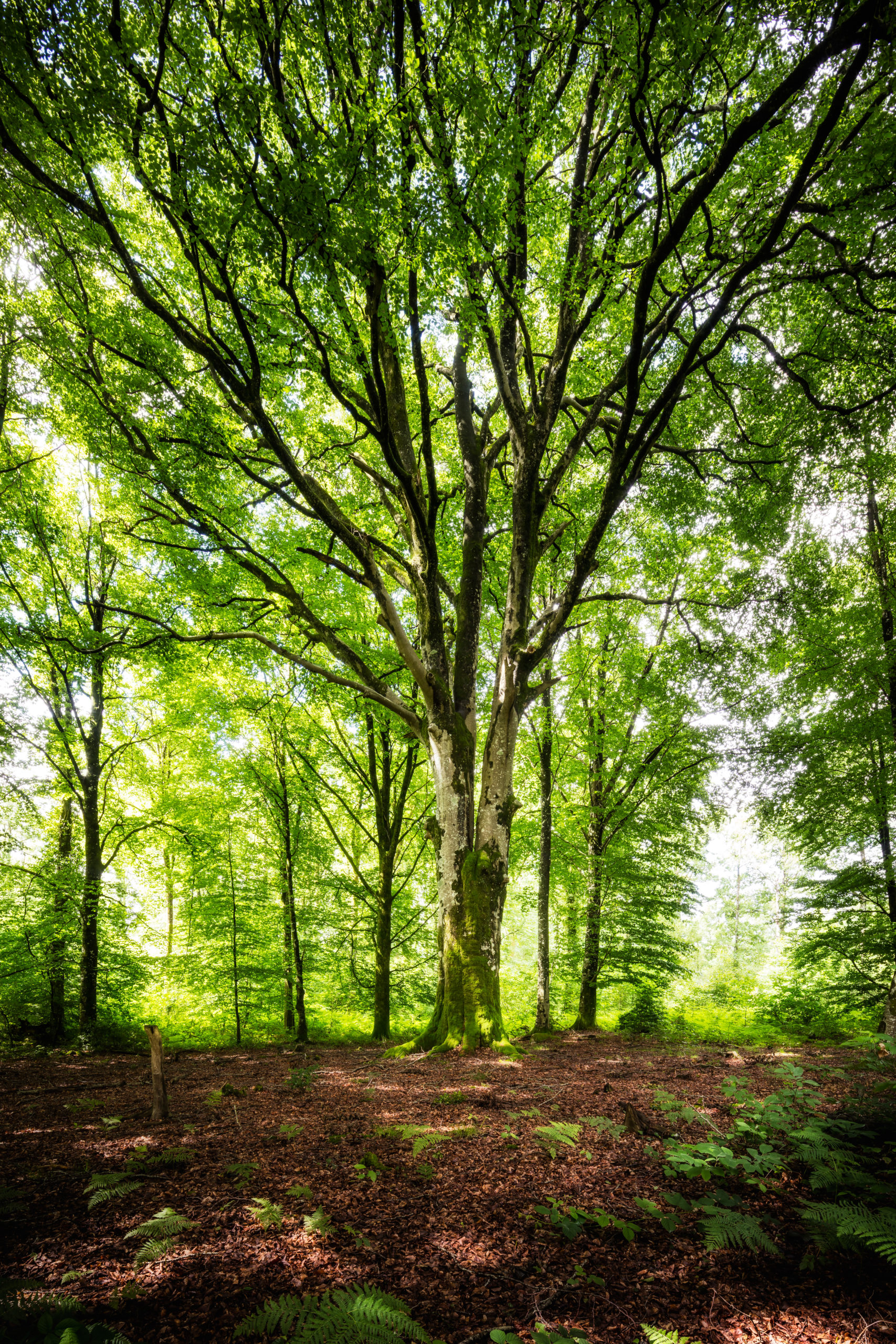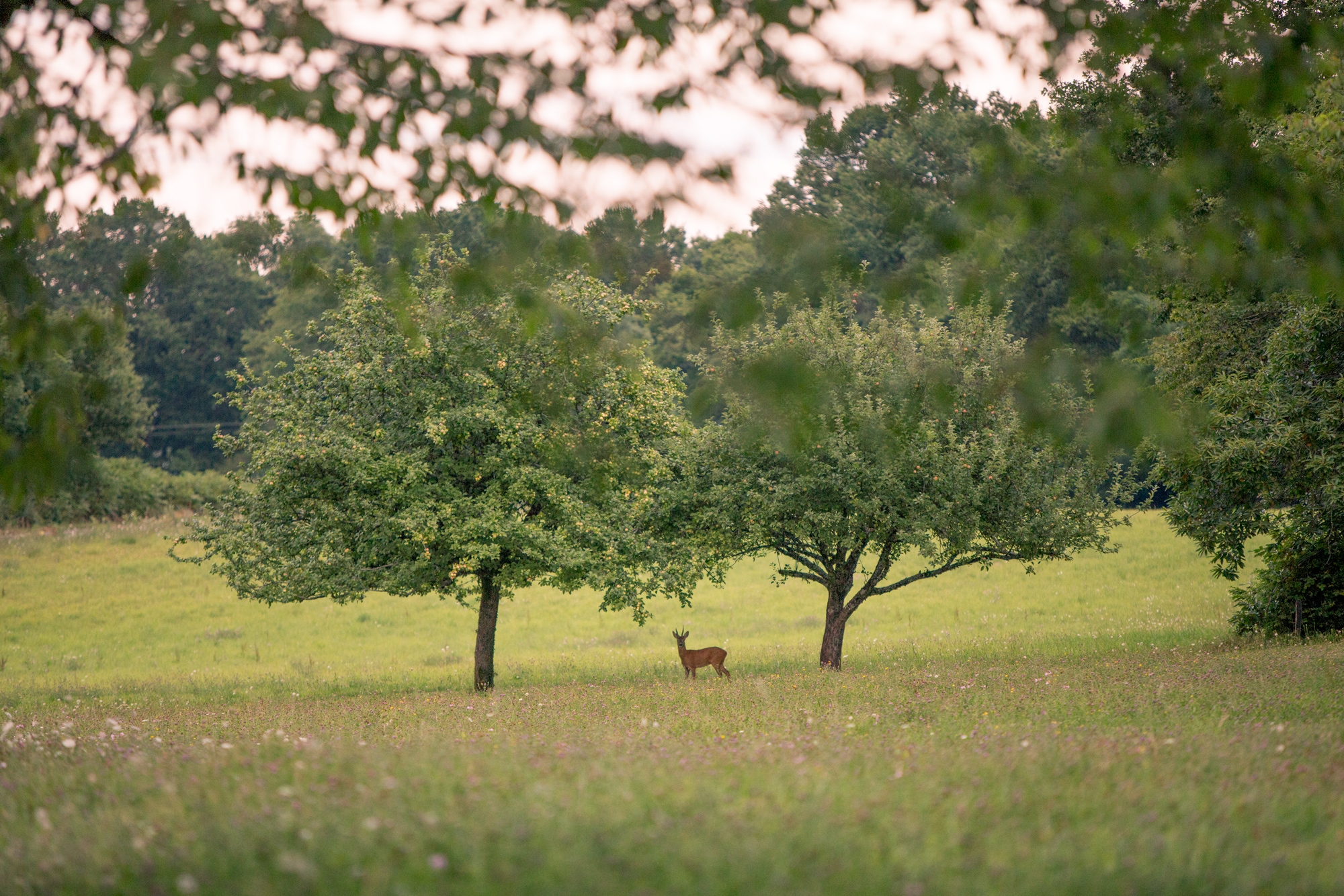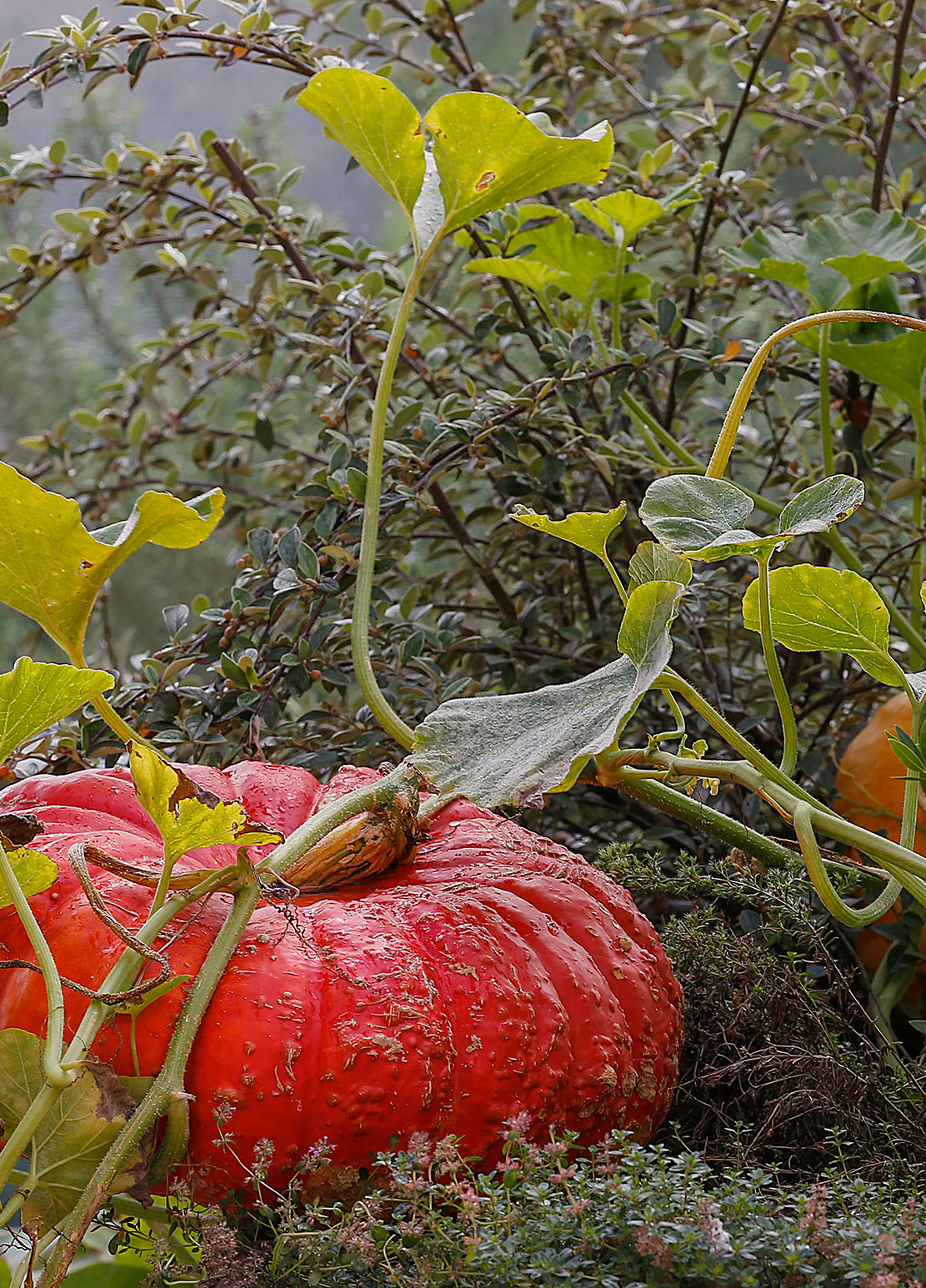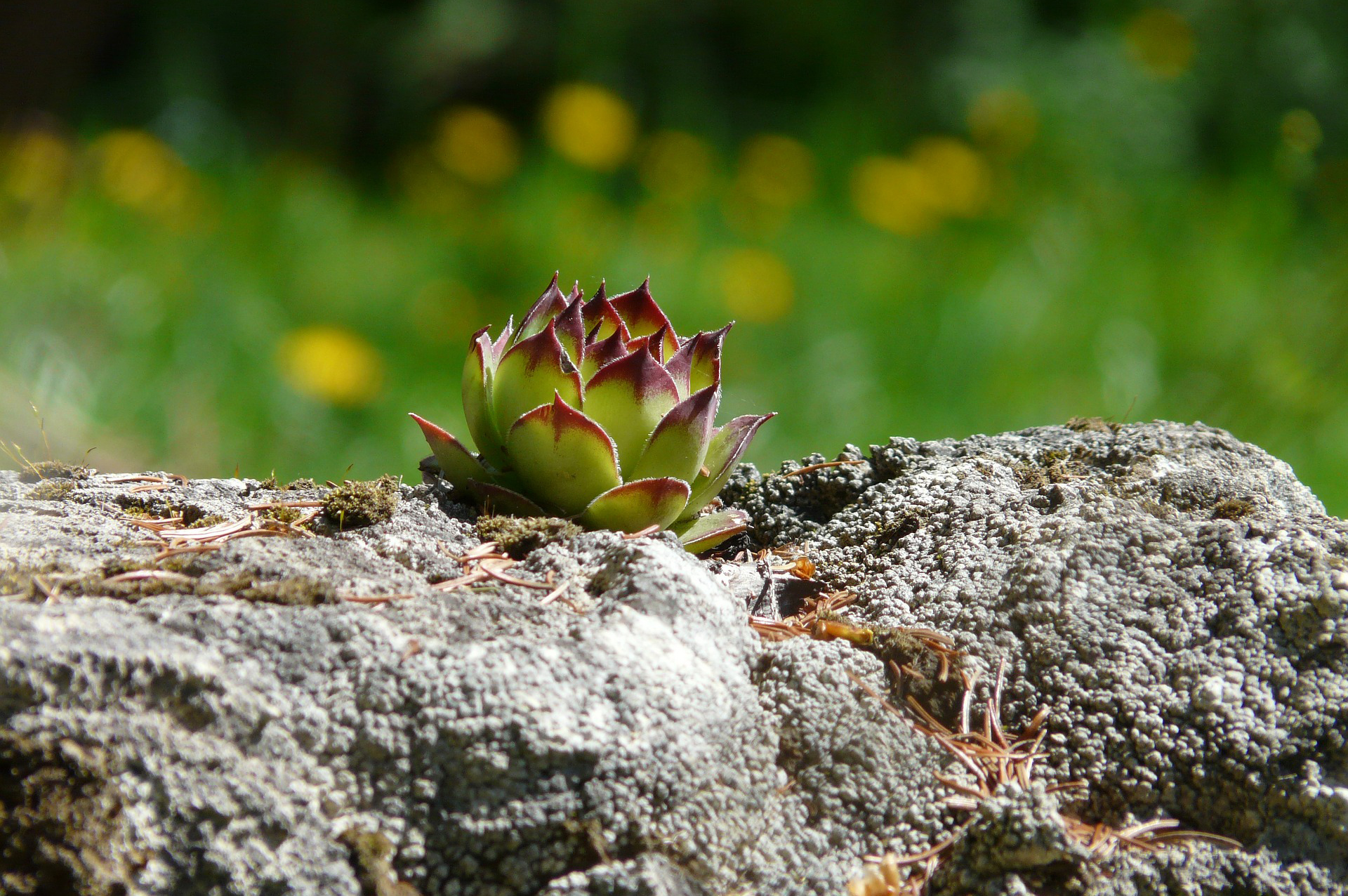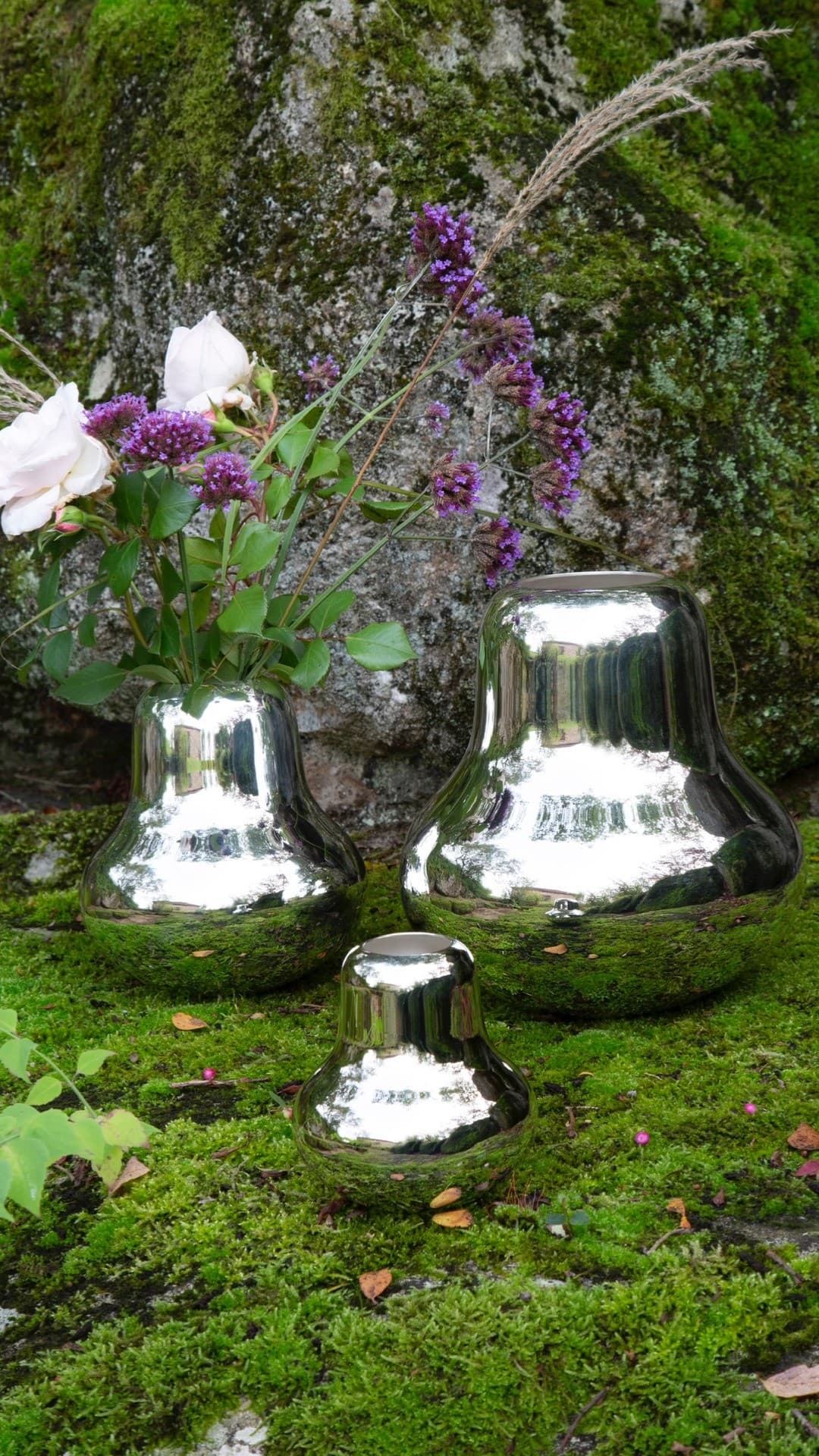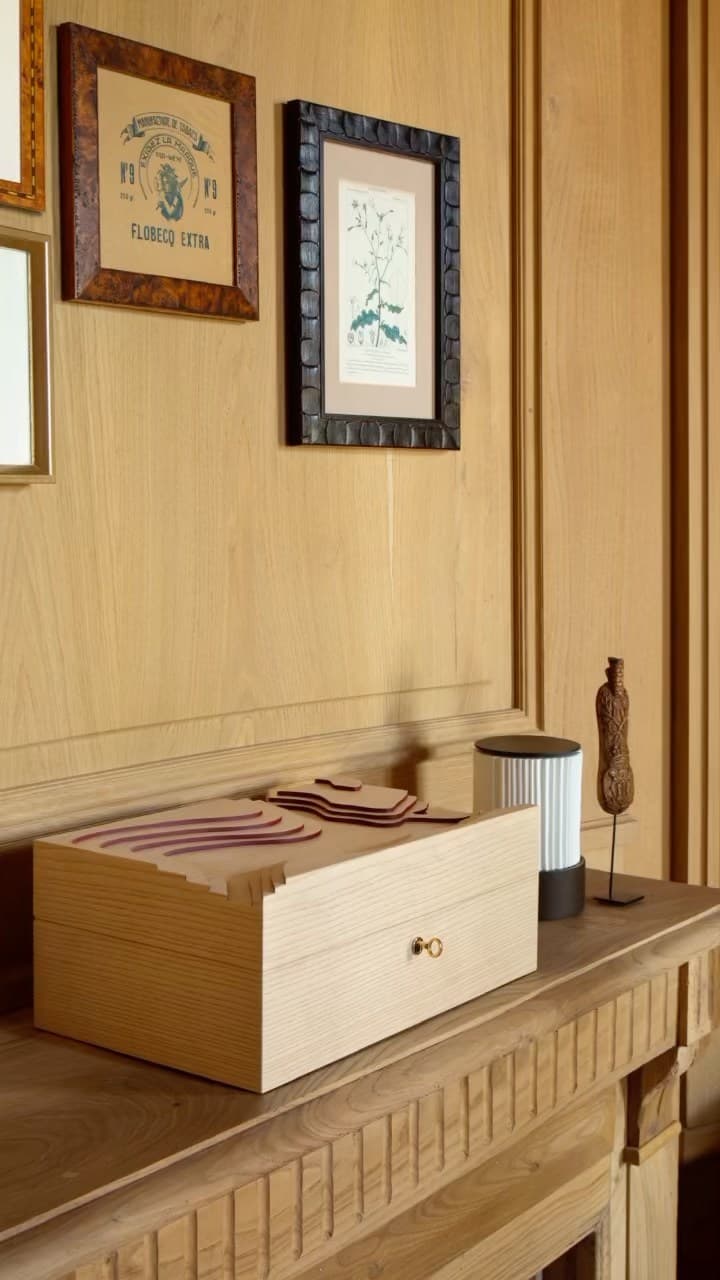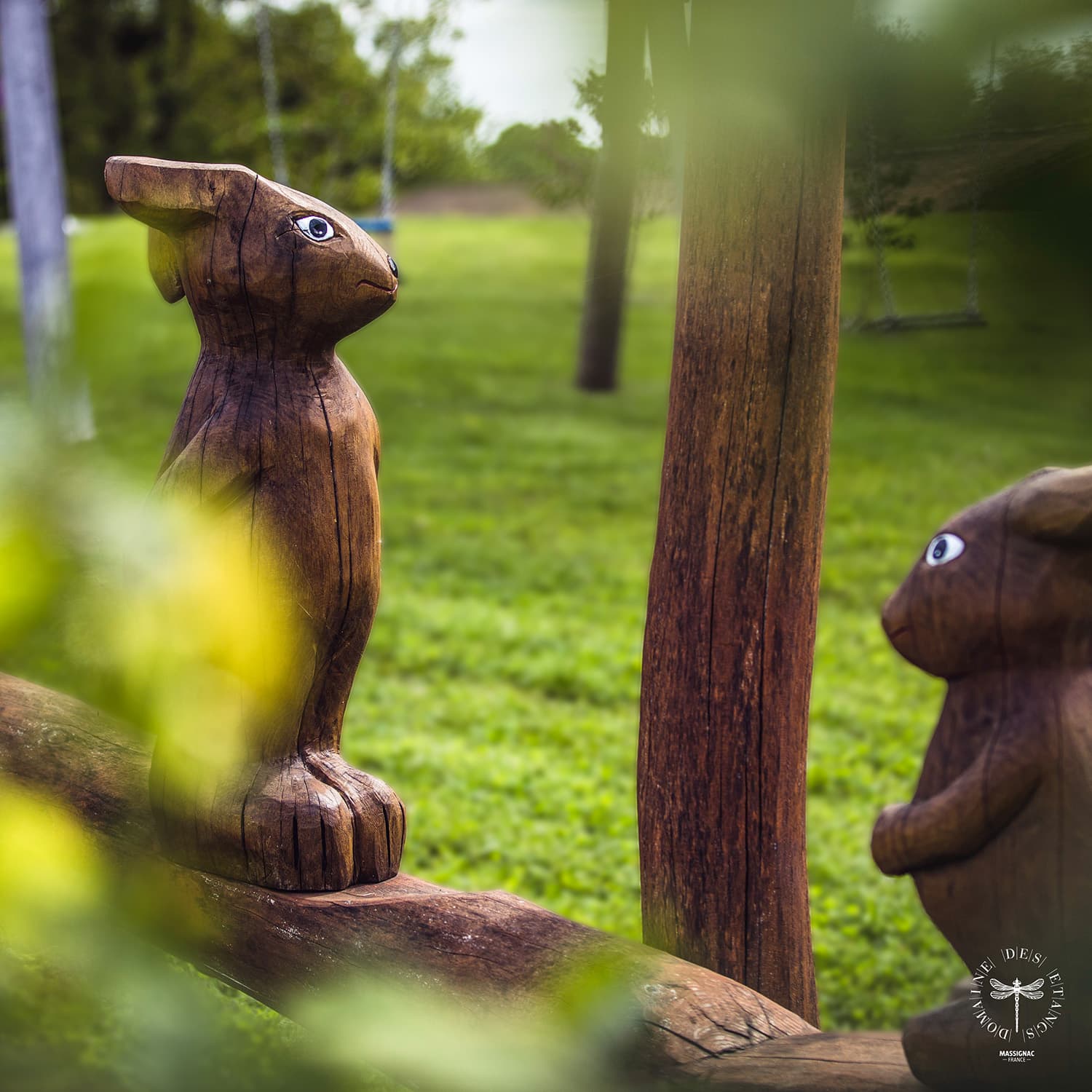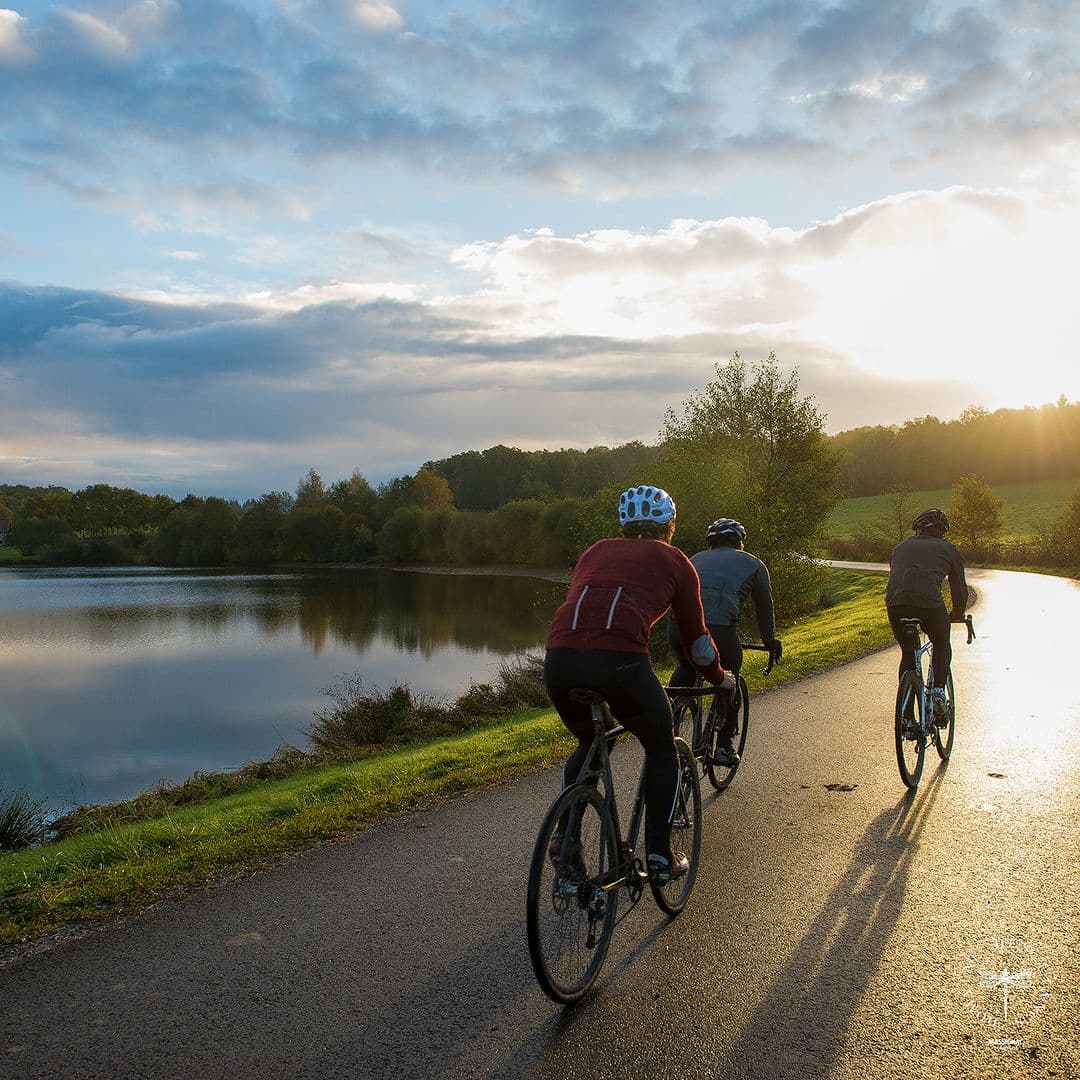Sylvester and his father are walking through the forest. The sun is shining on the trees. Their branches are filled with colourful buds; it’s the beginning of spring. They hear birds singing and stop.
“Look Sylvester, the little tits in the clearing. Let’s not make any noise and watch them. We mustn’t move too much.”
Sylvester whispers:
“It looks like they are all eating together, they look happy.”
“You know, Sylvester, nature looks like us and we look like nature. For example, birds chat together when they sing. They tell each other where the food is, what tree they are on: they tell each other many things.”
“You mean they are like us?”
Sylvester’s father sits on a rock covered with beautiful green moss.
“It’s not only birds that talk to each other, trees do too.”
“Trees?”
Sylvester asks, very much surprised, as he looks at the spruce next to them. The little boy listens carefully and adds:
“I don’t hear them talking.”
His father laughs and begins to explain:
“The largest part of a tree is made of its roots. There are miles and miles of roots under our feet. They burrow into the earth to find water and food because trees can’t move. They provide food for the trees.”
“Right here, under our feet?” Sylvester asks.
“Yes, right here. Some scientists have even proven that trees can share food and water through their roots. A mother tree can help a baby tree grow by supplying food and water through its roots.”
“Does this mean the whole forest is alive?”
“Yes, Sylvester, the forest is alive and you want to know something even more incredible?”
“Yes dad.”
“The forest can produce rain.”
“How is that possible?”
“Trees sweat in the heat. The water from trees forms clouds in the air and triggers rain.”
“Wow, amazing!”
Sylvester approaches the spruce and smells its resin. The smell is pleasant, his fingers stick a little because the it is gluey. His father says to him:
“Protecting forests means protecting animals, rain, life. Life on earth is connected to forests. When you grow up, you will find these trees here. They will live for many, many years.”
“Dad, I am going to protect the forest!”
The farther, surprised, opens his eyes wide.
“Oh look over there Sylvester, a doe!”
The doe has caught their scent in the wind, looks at them and walks away slowly.
“It’s beautiful”, says Sylvester.
“Son, nature offers beauty at every turn. It invites us to discover, love and listen to it.”
The little boy and his father stay in the woods, they watch it and are happy. Everything is so beautiful and pleasant.
THE END
